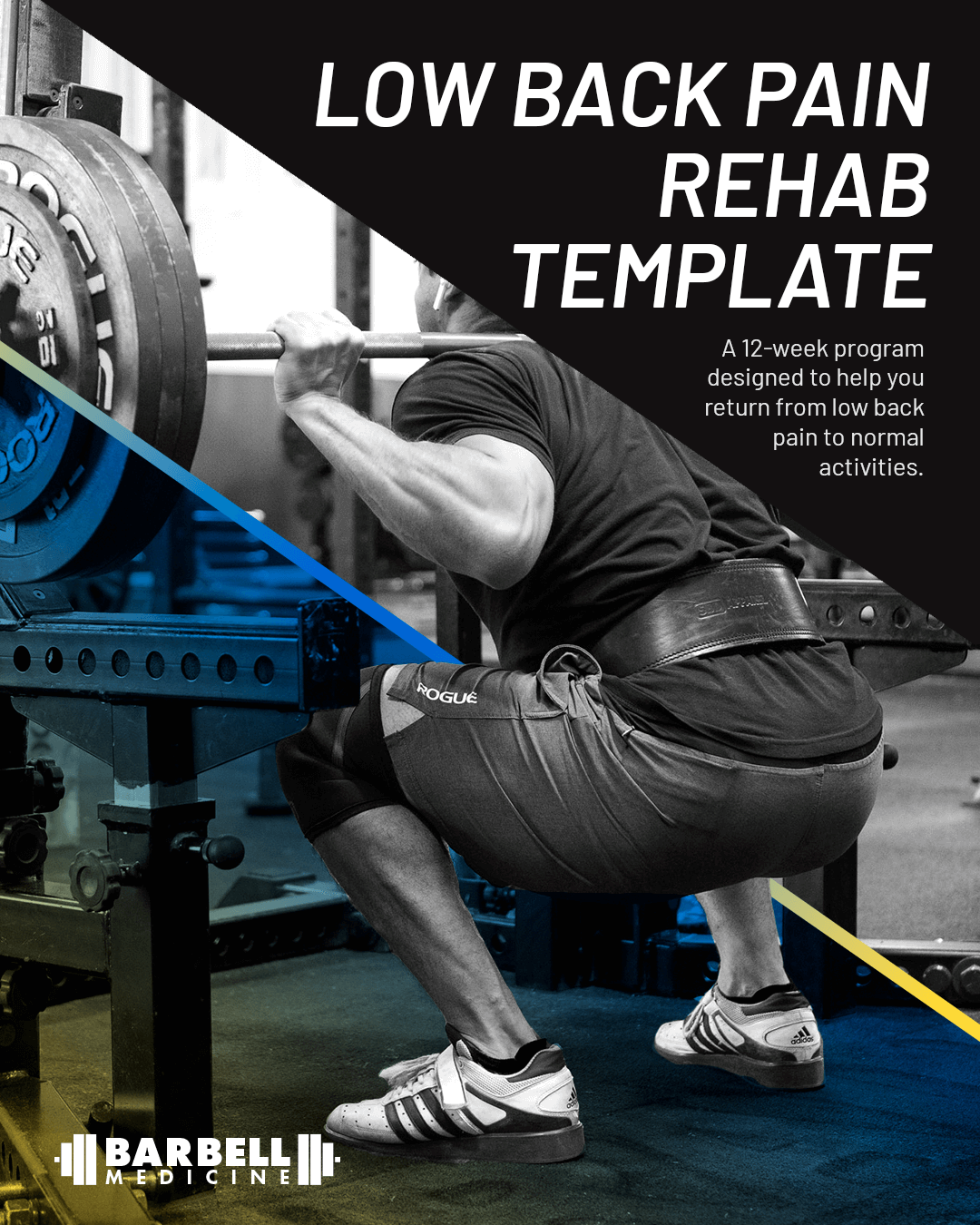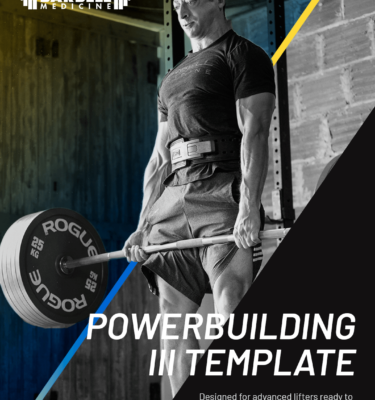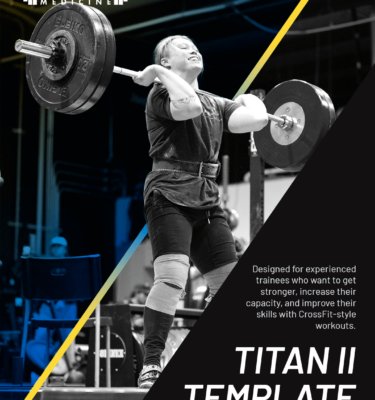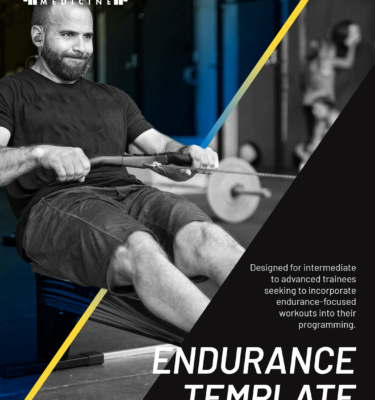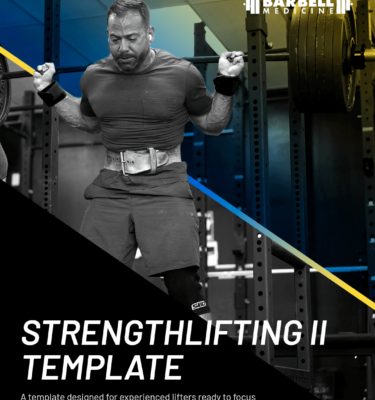Low Back Pain Rehab Template
The Low Back template is a 12-week strength and conditioning program designed to aid individuals focused on resistance training (specifically the squat, bench press, overhead press, and deadlift) with finding an entry point to exercise and, over the course of the template, return to normal sporting activities and exercise. Also included is 40-page eBook discussing the ins-and-outs of the program, how-to progress with it, and more!
$54.99
Most of us will experience an episode of low back pain during our life. There are currently hundreds of millions of people around the world dealing with low back pain at any given time. The goal of this template is to allow you to continue training, with modifications to the primary lifts as well as additional exercises to help work around the problem. Most low back pain resolves on its own in 2-3 months but there are means of continuing to train while experiencing symptoms.
Determining an exact cause of low back pain is often difficult. While we often want a tissue specific diagnosis, multiple components contribute to the experience of symptoms such as recent loading parameters, external stress (e.g. work, school, relationships), sleep, and even goals of training. There is rarely a 1:1 problem to solution ratio with low back pain and no specific exercise or stretch is a panacea for addressing the issue.
Upwards of 90% of people experiencing low back pain do not have a single, clear cause of their back pain symptoms. Poor posture, tight muscles, weak muscles, imbalances or asymmetries, arthritis, tissue changes on imaging and numerous other issues are often blamed for back pain. The issues here are multiple starting with different clinicians blaming different variables to where an athlete seeing three clinicians is likely to get three different causes for their problem. If we are going to blame “poor” posture we need to first be able to establish what is normal posture and it turns out that range is quite wide. We would not expect a baseball player, a sweep rower, and a member of cirque du soleil to all have the same postural ranges as each sport demands a different set.
When it comes to tissue changes, outside of very specific cases, imaging findings are likely better thought of as wrinkles on the inside as there is a low correlation between having those changes on imaging and having symptoms. It is not as though one repetition of a back squat manifests arthritis in a joint and it turns out you are more likely to be symptomatic with arthritis if you do not meet physical activity guidelines than if you do. Very few of us are symmetrical either with baseball players showing differences in shoulder range of motion side to side, tennis players having higher bone mineral density on their dominant arm, and soccer players having different hip rotation side to side. It turns out we adapt to the stress to which we are exposed, often resulting in differences emerging side to side. People who think there are very specific ways in which we must move have obviously never tended a garden.
There are a few special instances though that are worth mentioning that would warrant further work-up. If you are experiencing bowel or bladder problems you need to follow-up with your physician. If your low back pain comes with a sudden, unexplained weight loss, that necessitates further testing. A common issue that powerlifters experience with low back pain is radicular symptoms or pain down your leg. If this is not progressing, it does not require additional imaging, but does change the timeline some for resolution of symptoms.
Who’s it for?
This template is designed to aid individuals focused on resistance training (specifically squat, bench press, overhead press, and deadlift) with finding an entry point to activity and slowly building over time. As mentioned, pain is complex, but this template is suitable for most individuals with low back pain who aren’t experiencing simultaneous bowel or bladder problems or sudden, unexplained weight loss.
Rehabilitation comes down to if an athlete needs to work through a problem or around a problem. This template will offer solutions to help build capacity for barbell lifts (squat, bench, deadlift, press) as well as establish a broader athletic base.
Meeting people where they’re at and encouraging positive behavioral changes is what we’re about here at Barbell Medicine. We thank you for your business and hope that you find the recommendations, explanations, and other materials useful. Thanks and happy training!
Equipment-wise, we recommend that folks have access to a barbell, rack, weights, and a bench. Additional stuff like dumbbells, machines, etc. are all nice, but not necessary for this template.
Apparel-wise, having a pair of Olympic lifting shoes, cross-training sneakers to do conditioning in, and a lifting belt would be nice, but aren’t explicitly needed. Similarly, straps, wraps, etc. can be used as needed per the lifter’s discretion, but they aren’t explicitly needed.
Scheduling
This is a 12-week strength and conditioning program that includes 2 phases of 3 resistance training workouts and 2 conditioning and conditioning-focused workouts and 1 phase of 4 resistance training workouts alongside the 2 conditioning workouts per week. You can try the first week for free by downloading our app on the Apple App store (will be available shortly).
*Customers receive FREE lifetime updates to the template. No refunds are available for downloadable products at this time.
